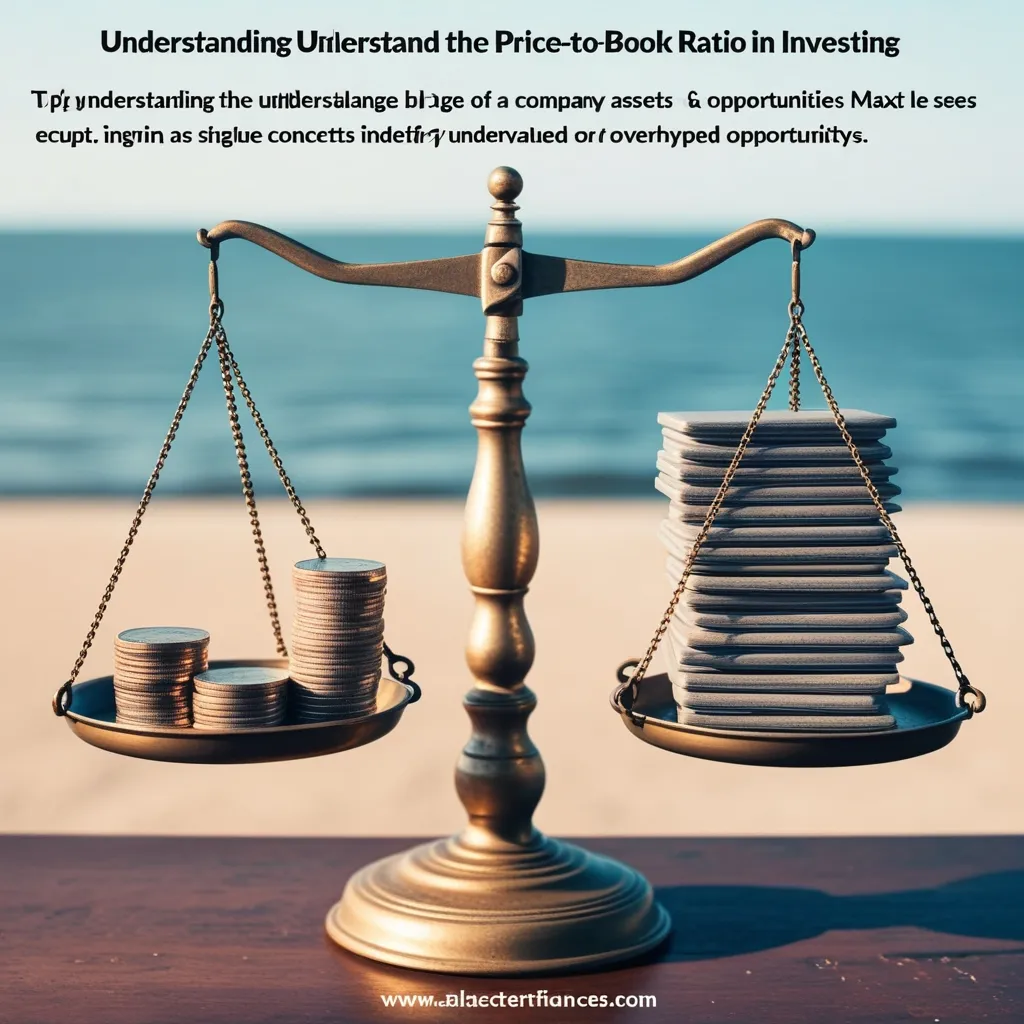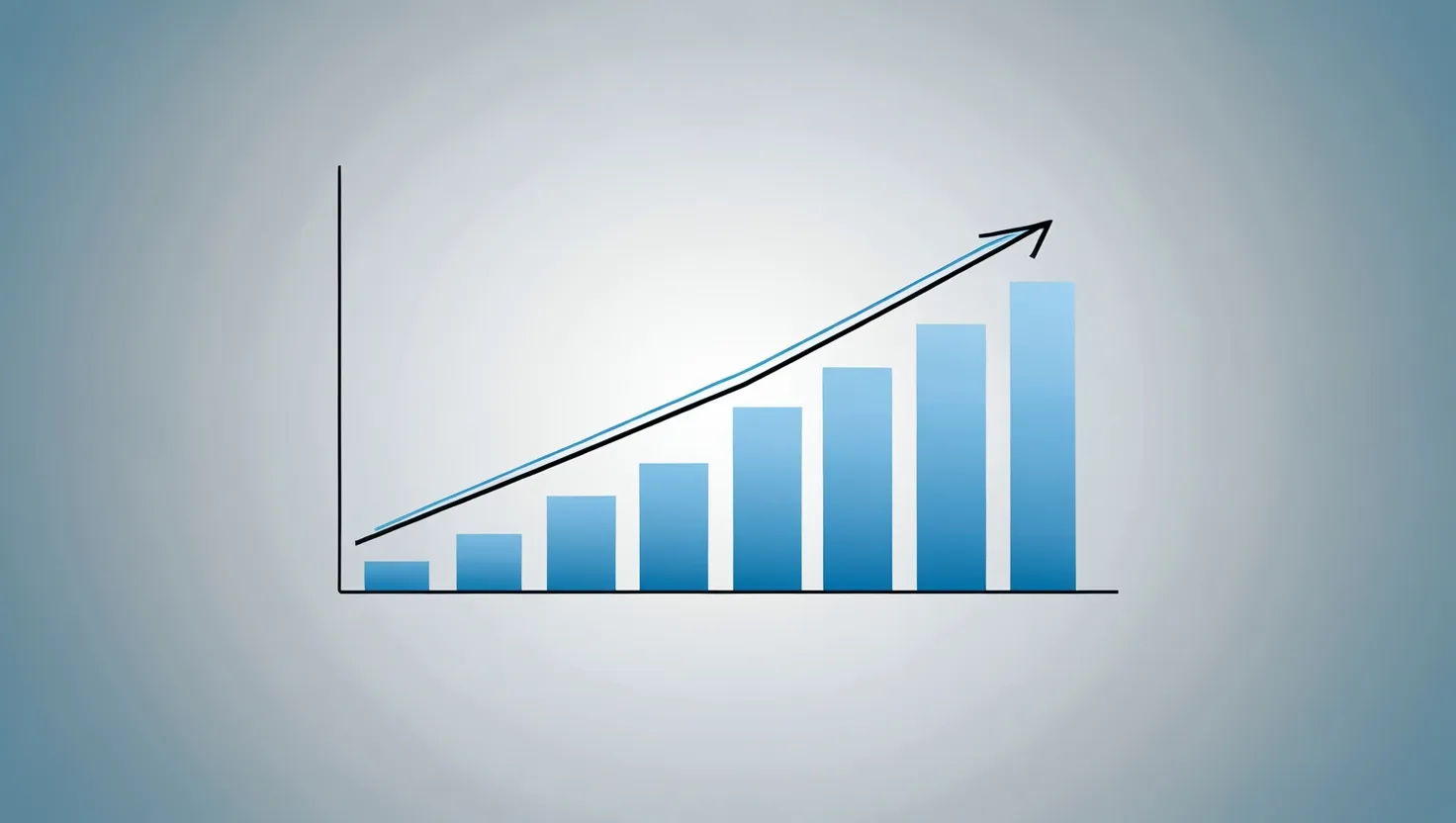Understanding the true essence of a company’s value is more than just numbers and graphs; it’s about peeling back layers to uncover the intrinsic value. This term, widely used in the investment world, refers to the inherent value of a business based on its fundamentals. It’s an insightful measure, deeply appreciated by those who wish to understand whether a stock is under or overvalued when juxtaposed with its potential for future growth.
Unpacking Intrinsic Value
Imagine trying to figure out how much a company is really worth if all its assets were laid out bare and its future scrutinized closely. That’s essentially what intrinsic value seeks to determine. It’s about looking past the erratic ups and downs of current market prices and focusing on fundamentals. There are several financial models at play here, but they all converge on estimating what the future cash flows of a company are worth right now.
How the Math Works
For anyone curious about the magic behind the math, the Discounted Cash Flow (DCF) analysis is the go-to formula. This isn’t just formulaic jargon—it’s pretty straightforward once broken down. First off, envision the company’s cash flow as a projection extending over a decade. Pull data from financial statements, industry trends, and growth predictions to forecast these figures.
Next, apply a bit of number wizardry by discounting those future cash flows to their present value. Sounds fancy, right? But it’s just about understanding that a dollar now isn’t the same as a dollar later. A discount rate helps balance the future benefits against the present reality. Past that, you estimate a terminal value—that future point where the company’s growth continues to infinity. Add up all these values, and presto, you have the intrinsic value.
Consider Acme Bolt, a hypothetical company, to illustrate. By calculating its future worth as $6,704.87 against a much lower current market price of $3,000, it becomes clear that the stock is quite the bargain. It signifies a sweet spot for investors, suggesting the stock is undervalued and ripe for the picking.
Grasping the Significance
Value investing, a beloved strategy of the financial wizards like Benjamin Graham and Warren Buffett, dances hand in hand with intrinsic value. The essence of this approach is finding companies whose stocks are selling below their intrinsic worth. The principle is simple yet profound: eventually, the market usually accords the business its rightful valuation, rewarding patient investors generously.
Beyond Numbers: The Bigger Picture
Intrinsically valuing a company isn’t all spreadsheets and formulas; it thrives on a holistic view. There are qualitative aspects like a company’s business model, governance quality, and market positioning that can significantly influence its intrinsic worth. For instance, if a company operates in a burgeoning sector with stellar leadership, these qualitative markers will likely act as a multiplier to its intrinsic value.
On the flip side, numbers do stick around for a reason. Earnings, revenue growth, financial ratios—all these quantitative elements shape the intrinsic value. Weak financial performance can drag it down, despite a promising business model.
Moreover, there’s a perceptual angle too. The beauty here is that what investors perceive about a company often feeds back into its intrinsic valuation, carrying an element of collective prediction about future value.
Riding the Waves of Market Risk
Market risk is that shadow that follows every investment decision, and intrinsic valuation isn’t immune. Financial folks often use a stock’s beta to quantify this risk level—a higher beta suggests greater volatility and risk. It’s a balancing act; high risk can mean high returns if the stars align.
Real-World Reflections
Think about a tech company. They’ve got robust earnings, tick all the right boxes with a fantastic business model, and operate in a dynamic landscape. Evaluating this company deeply, a significantly higher intrinsic value than the market price suggests opportunity. For the savvy investor, it’s an invitation to a potentially fruitful future.
In stock options, intrinsic value becomes even more direct. An option’s intrinsic value is the difference between the asset’s market and strike prices. So, if a call option lets one purchase stock way below the market rate, that’s intrinsic value blossoming into practical advantage.
A Handy Toolkit for Investors
How do you get going with intrinsic value in mind? Start with in-depth research. Immerse in a company’s financial landscape, digest their business model, and gulp down industry trends. Next, estimate the future cash flows, then apply the DCF analysis to see what they’re worth today.
When you finally have the intrinsic value number, compare it with the market price. Overvaluation or undervaluation becomes instantly apparent. Don’t forget the risk factor—every investment carries some, and adjusting expectations accordingly can forecast smoother sailing.
A Fresh Angle on Personal Investment
Imagine being in the thick of investing in a company you’ve admired for years. You’ve watched it like a hawk, seen it evolve, and though market prices have roller-coastered, an intrinsic evaluation whispers potential prosperity. It’s almost like a reassuring pat that you’ve been betting on the right horse all along.
Debunking the Myths
There’s a tendency to see intrinsic value as a rigid figure set in stone, but that’s a misconception. It’s inherently flexible, shifting with various assumptions and expectations. Intrinsic value sidesteps short-term market swings, tuning into long-term potential instead.
Diving Into Advanced Waters
While DCF reigns as the favorite tool, it’s not the only player at the table. Methods like price-to-earnings ratios or asset-based valuations present alternative routes to gauge intrinsic value. Each has its strengths and shortcomings. DCF provides comprehensive insight but demands accurate forecasting. Price-to-earnings ratios simplify evaluation but might overlook holistic worth. Asset-based valuation, although straightforward, often misses a company’s growth trajectory.
Parting Thoughts
Intrinsic value emerges as a beacon for investors in the tumultuous seas of the stock market. By prioritizing a company’s undeniable fundamentals over impulsive market behavior, investors can unveil stocks brimming with potential. While not an infallible science, and very much an art form peppered with assumptions, intrinsic value offers a more objective lens to weigh a company’s real worth.
In the whirlwind realm of finance where knee-jerk reactions often prevail, intrinsic value helps refocus on what truly matters—the company’s long-term narrative. Whether one is a seasoned veteran navigating the markets or a newcomer dipping a toe in these waters, embracing the concept of intrinsic value fuels informed decisions and could very well prompt a story of investment success.






